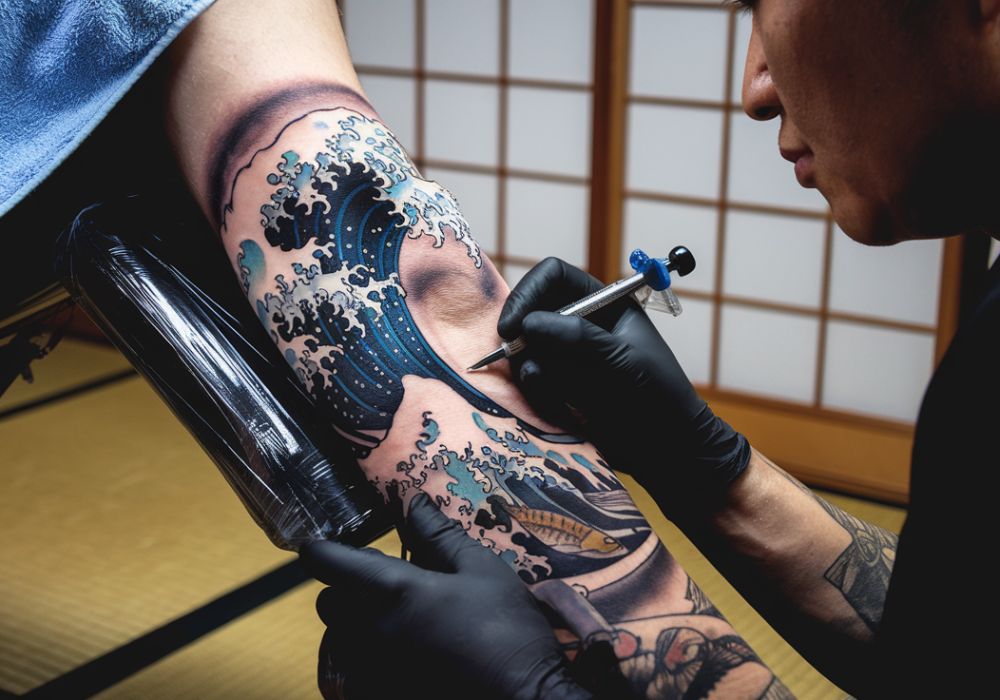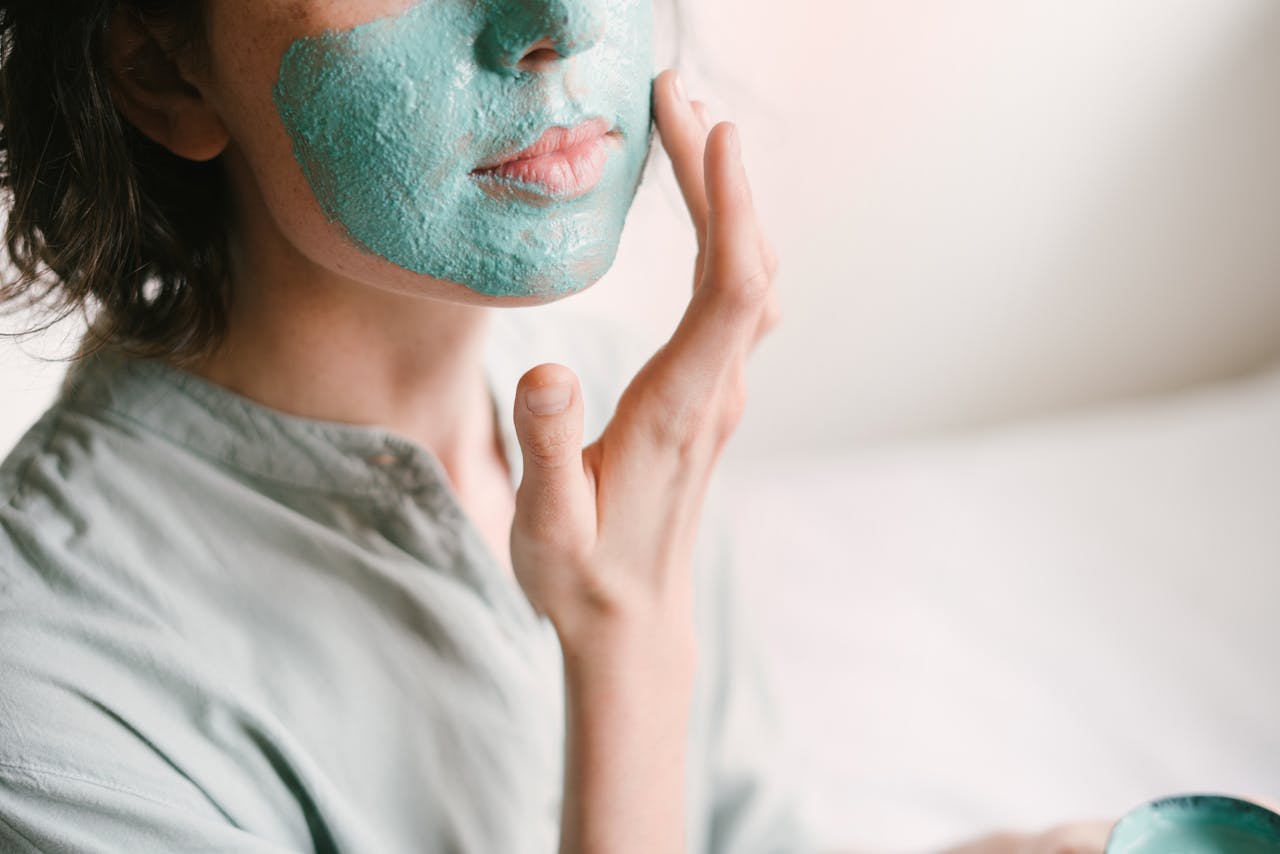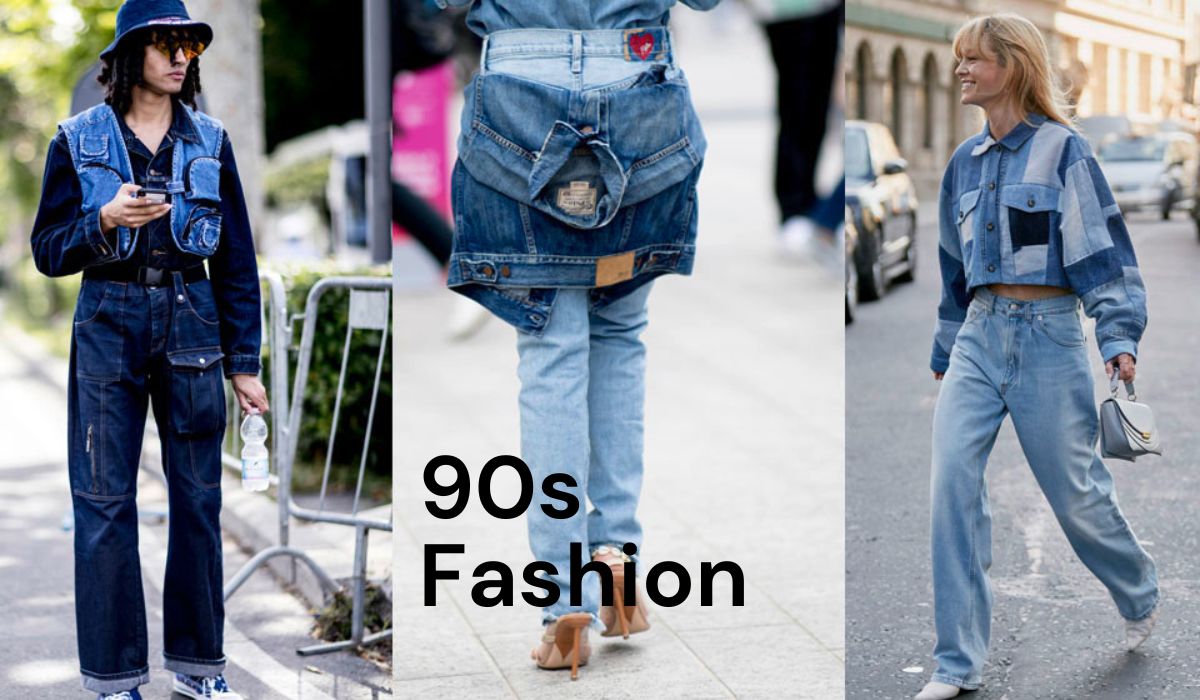Lower arm Japanese tattoo have become a popular choice for body art enthusiasts seeking to blend aesthetics with deep cultural significance. These inked masterpieces not only adorn the skin but also tell stories that resonate across generations. With intricate designs and vibrant colors, they capture attention and spark curiosity.
Imagine walking into a room showcasing bold waves, fierce koi fish, or serene cherry blossoms on your lower arm. Each piece is more than just decoration; it’s an expression of identity and values rooted in rich history. If you’re contemplating this form of self-expression, understanding its meaning and the artistry behind it will enhance your appreciation even further. Let’s dive into the captivating world of lower arm Japanese tattoos!
Meaning and symbolism behind Japanese tattoos
Japanese tattoos, or irezumi, are rich with meaning and symbolism. Each design tells a story that reflects cultural values and personal beliefs.

Dragons symbolize wisdom and strength. They’re revered for their ability to control the elements. Koi fish represent perseverance; swimming upstream against all odds shows determination.
Cherry blossoms embody the beauty of life’s fleeting nature. Their short bloom reminds us to appreciate each moment.
Tigers signify power and courage, often seen as protectors against evil spirits. Meanwhile, waves can symbolize life’s challenges—unstoppable yet beautiful in their force.
Every tattoo is deeply personal; it captures not just art but emotions and aspirations as well. When choosing a design, individuals often reflect on what resonates most with them spiritually or emotionally, making each piece uniquely significant.
History of Japanese tattoos
Japanese tattoos, known as “irezumi,” have a rich and intricate history that dates back to ancient times. Initially, these tattoos served as marks of status or punishment. They adorned the bodies of warriors and nobles, symbolizing bravery and allegiance.
During the Edo period (1603-1868), irezumi evolved into an art form. It became popular among merchants and working-class individuals who sought to express their identity through elaborate designs. The tattooing techniques were refined during this era, leading to vibrant colors and detailed imagery.
Influence from Japanese folklore is evident in many traditional motifs like koi fish, dragons, and cherry blossoms. These symbols often carry deep meanings tied to cultural beliefs.
In the late 19th century, Western influence began shaping perceptions of tattoos in Japan. Despite periods of stigma associated with body art due to organized crime connections, irezumi has seen a resurgence in appreciation today for its artistry and heritage.
Popular designs for lower arm Japanese tattoos
Lower arm Japanese tattoos showcase a rich variety of designs. Each piece tells its own story, often steeped in cultural significance.
Koi fish are among the most beloved motifs. These vibrant symbols represent perseverance and strength, making them perfect for those who have overcome challenges.
Another popular choice is the dragon. Revered as protectors in Japanese culture, dragons symbolize power and wisdom. Their flowing forms adapt beautifully to the contours of the lower arm.
Cherry blossoms also hold significant meaning. They embody the transient nature of life, reminding us to appreciate beauty while it lasts.
Tigers make an impactful statement too. Known for courage and ferocity, they resonate with individuals seeking empowerment through their ink.
Each design invites personal interpretation, allowing wearers to express unique identities alongside traditional symbolism. The artistry involved creates visual poetry on skin that captures attention and admiration.
The process of getting a Japanese tattoo
Getting a Japanese tattoo is an experience that goes beyond mere ink on skin. It begins with research, finding the right artist who specializes in traditional techniques. This step is crucial for authenticity.
Once you’ve selected your artist, you’ll discuss your design ideas. Many artists prefer to collaborate closely with clients, ensuring the image resonates deeply with them.
The actual tattooing process often involves a technique called Tebori, where tattoos are applied using hand-held tools instead of machines. This method can take longer but results in stunning detail and depth.
Pain levels vary depending on placement and personal tolerance. The lower arm tends to be more tolerable than other areas due to its muscle mass.
After the session ends, follow your artist’s aftercare instructions carefully to promote healing and preserve vibrancy. Each stage of this journey transforms not just skin but also spirit as the art comes alive.
Care and maintenance for a lower arm Japanese tattoo
Caring for your lower arm Japanese tattoo is essential to ensure it stays vibrant and healthy. Start with proper cleaning. Use mild, fragrance-free soap and lukewarm water to gently wash the area.
After washing, pat dry with a clean towel. Avoid rubbing, as this can irritate the skin. Moisturizing is key; apply a thin layer of unscented lotion or specialized tattoo balm to keep the skin hydrated.
Sun exposure can fade tattoos over time. Always apply sunscreen on your tattoo before heading outdoors if you want to preserve its colors.
Keep an eye out for any signs of irritation or infection, such as redness or swelling. If you notice anything unusual, consult a professional immediately.
Stay away from soaking in hot tubs or swimming pools until the tattoo fully heals. This will help prevent unwanted bacteria from affecting your new ink.

Alternative options for those interested in the style
If a full lower arm Japanese tattoo feels daunting, consider smaller designs. A discreet cherry blossom or koi fish can embody the essence of traditional art without overwhelming your canvas.
Temporary tattoos are another appealing option. They allow you to experiment with styles and placements before committing permanently. Plus, they can easily be updated as trends evolve.
For those hesitant about ink, body art alternatives like henna provide a beautiful way to express yourself. The intricate patterns mirror traditional Japanese motifs yet wash away after some time.
Accessories also offer an avenue for exploration. Japanese-inspired sleeves or jewelry can complement your style while celebrating the culture’s rich artistry in a non-permanent manner.
These options ensure you stay connected to the aesthetic without fully diving in right away. Each choice brings its own unique flair and allows for personal expression that resonates deeply within this captivating tradition.
Conclusion: Is a Lower Arm Japanese Tattoo Right for You?
Deciding on a lower arm Japanese tattoo involves more than just aesthetics. It’s about embracing the rich history and cultural significance that comes with each design. If you’re drawn to the intricate artistry and deep meanings, this style could resonate well with your personal expression.
Consider your lifestyle and how visible a tattoo will be in various settings. Think about what specific designs speak to you—whether it’s koi fish symbolizing perseverance or cherry blossoms representing the transient nature of life.
Also, reflect on the commitment required for upkeep. A vibrant tattoo requires care, especially during healing and thereafter.
As you weigh your options, remember that tattoos are unique to each individual. They tell stories of experiences, beliefs, or even aspirations for the future. So take your time in choosing not only a design but also an artist who respects this tradition.
If you’re inspired by Japanese culture and ready to make a statement on your lower arm, then perhaps this path is one worth exploring further.


